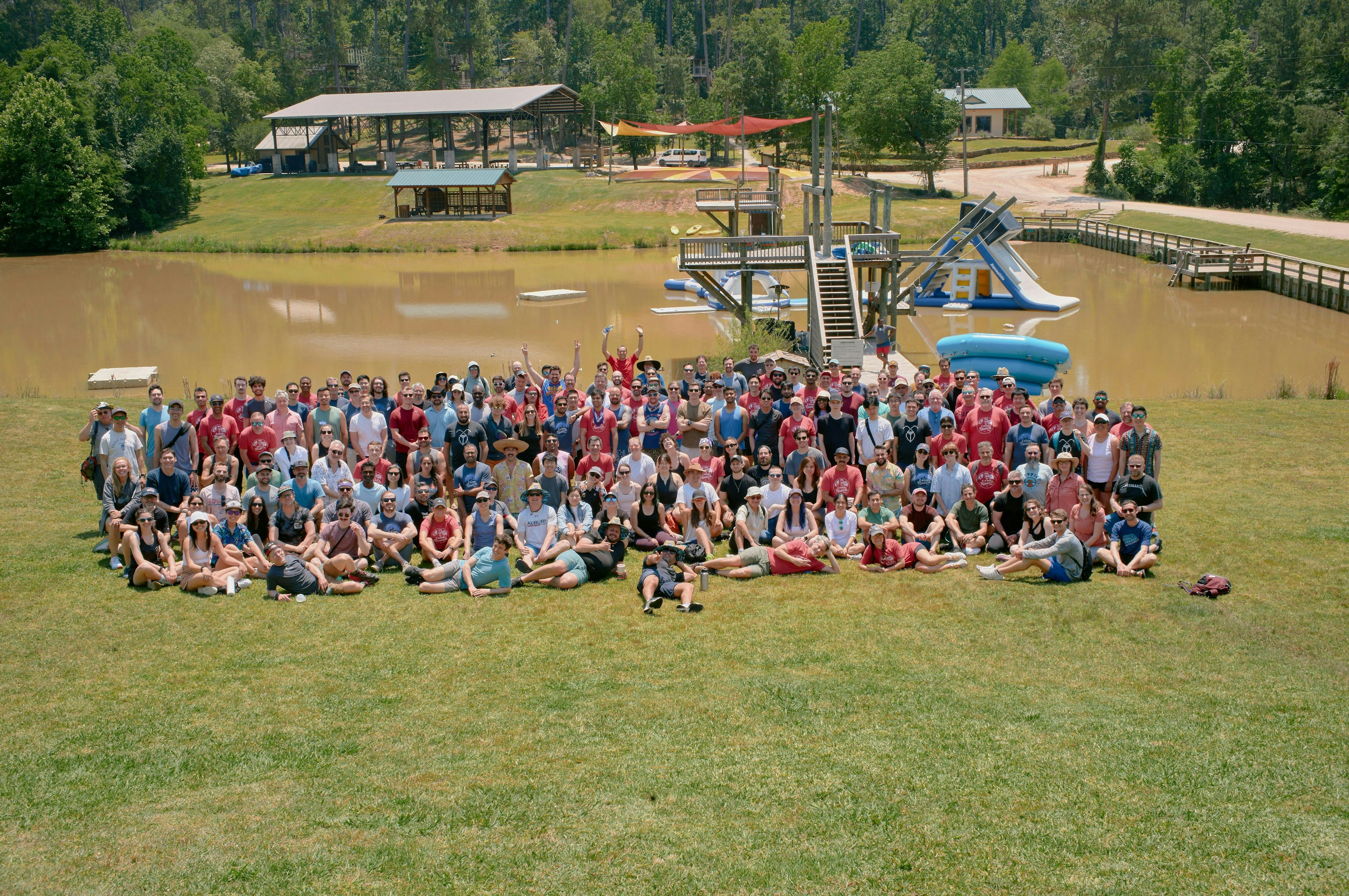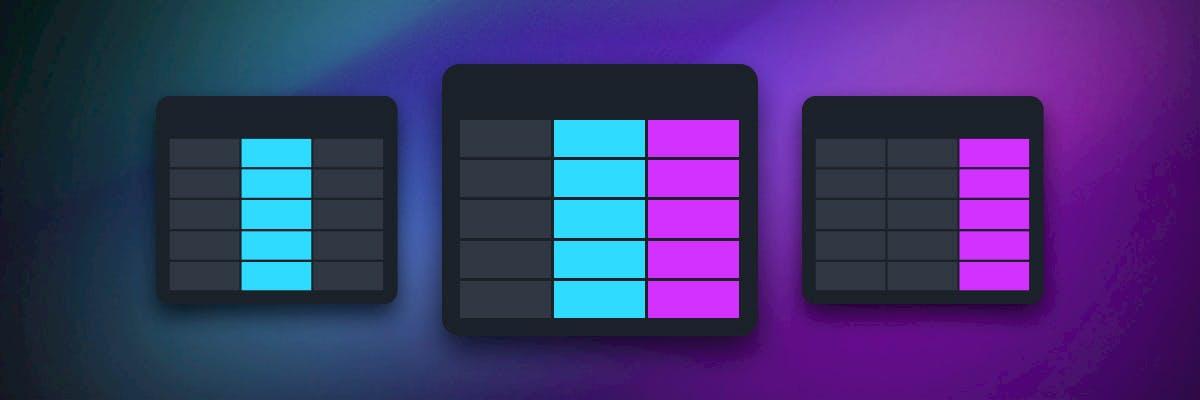
Blog
View all
Product
The Art of Data Residency and Application Architecture
In this post Rob and I explain how we built Silo, a fully functioning multi-region Next.js application combining CockroachDB multi-region serverless and a multi-region Node.js (Lambda) API backed by a Geographically aware Route 53 Hosted Zone. Both the API and CockroachDB have been deployed to AWS. The Next.js app has been deployed using Vercel. There are a number of reasons why you’d want to choose a multi-region strategy; to optimize latency, maintain high availability and, in some cases, to comply with regional regulations. But, rather than tell you about the benefits, I’d like to show you.

Rob Reid
May 17, 2023
Product
Introducing CockroachDB dedicated on Azure, on-demand global clusters, & more
Today we released a series of exciting updates to give you even more flexibility to run CockroachDB how you want, where you want, more efficiently than ever before. Customers often tell us they want the benefits of the cloud (elastic scale, consumption-based costs, operational ease of managed services, etc.), without the drawbacks of being locked-in to a single provider’s platform or proprietary services. We built CockroachDB from the beginning to maximize flexibility and control while still delivering the automation and efficiency we have all come to expect from cloud-native tools. The new capabilities we’ve made available today strengthen those values.

Meagan Goldman
May 16, 2023
Culture
Inc. Magazine honors Cockroach Labs on Best Workplaces List 2023
The last year has been a year of growth for Cockroach Labs for many different reasons. We grew in size, maturity, and knowledge. The strength and resilience of our community continue to be the bond that keeps our fire ignited and propels us forward.

Lindsay Grenawalt
May 9, 2023
Product
REGIONAL BY ROW: Let the database home the data
When building a multi-region application, one of the first things to consider is how and where data will be placed. For example, when building a gambling application deployed across the country, you want to make sure users have quick access to their data no matter their location. Gamblers and the platforms they use both need low latency access to real-time data. It can make or break the user experience. This is an easy example because money is won and lost, but the requirement for applications to deliver low latency experiences to a global user base is obviously applicable to every other industry as well.
Peyton Walters
May 8, 2023
Product
Upsert in SQL: What is an upsert, and when should you use one?
Upserts are useful for anyone who works with a database to know, but the term “upsert” might not even appear in your DBMS’s documentation! So what is an upsert, anyway? And why might it not be mentioned in your docs?

Charlie Custer
May 8, 2023
Engineering
What is a foreign key? (with SQL examples)
A foreign key is a column or columns in a database that (e.g. table_1.column_a) that are linked to a column in a different table (table_2.column_b). The existence of a foreign key column establishes a foreign key constraint – a database rule that ensures that a value can be added or updated in column_a only if the same value already exists in column_b.

Charlie Custer
May 4, 2023
Design
A recipe for disaster recovery (including disaster prevention in practice)
Disasters are expensive. Hilariously expensive. In my career as a software engineer, I’ve employed a bunch of technologies and witnessed most of them - in some way - fail and cause downtime. Downtime (and the thought of downtime), alongside Toilet Time Debugging™, are among the endless reasons a Software Engineer may struggle to switch off.

Rob Reid
May 2, 2023
System
How to reduce risk for consistent data at scale: fintech order architecture simplified
Fintech companies are modernizing how they store and process institutional and retail trades. To understand how, we must first take a quick look at why – what these companies used to do, and why that approach is no longer considered acceptable.
Andrew Deally
May 1, 2023
Product
The importance of being earnestly random: Metamorphic Testing in CockroachDB
Would you fly in an aircraft that wasn’t tested? Get behind the wheel of a car whose model hadn’t been crash-tested? What about using a distributed database for storing your mission critical data that hadn’t been tested and gone through quality assurance? I’d happily wager that if you are a database developer, then anyone that makes use of your database - whether that be directly (developer or database administrator), or indirectly (you, as the end-user of a product that most likely makes use of a database) - is going to feel a whole lot better when you tell them that you test the database. Testing is a fundamental and well accepted part of building functional software.
Nick Travers
April 27, 2023
Get started for free









